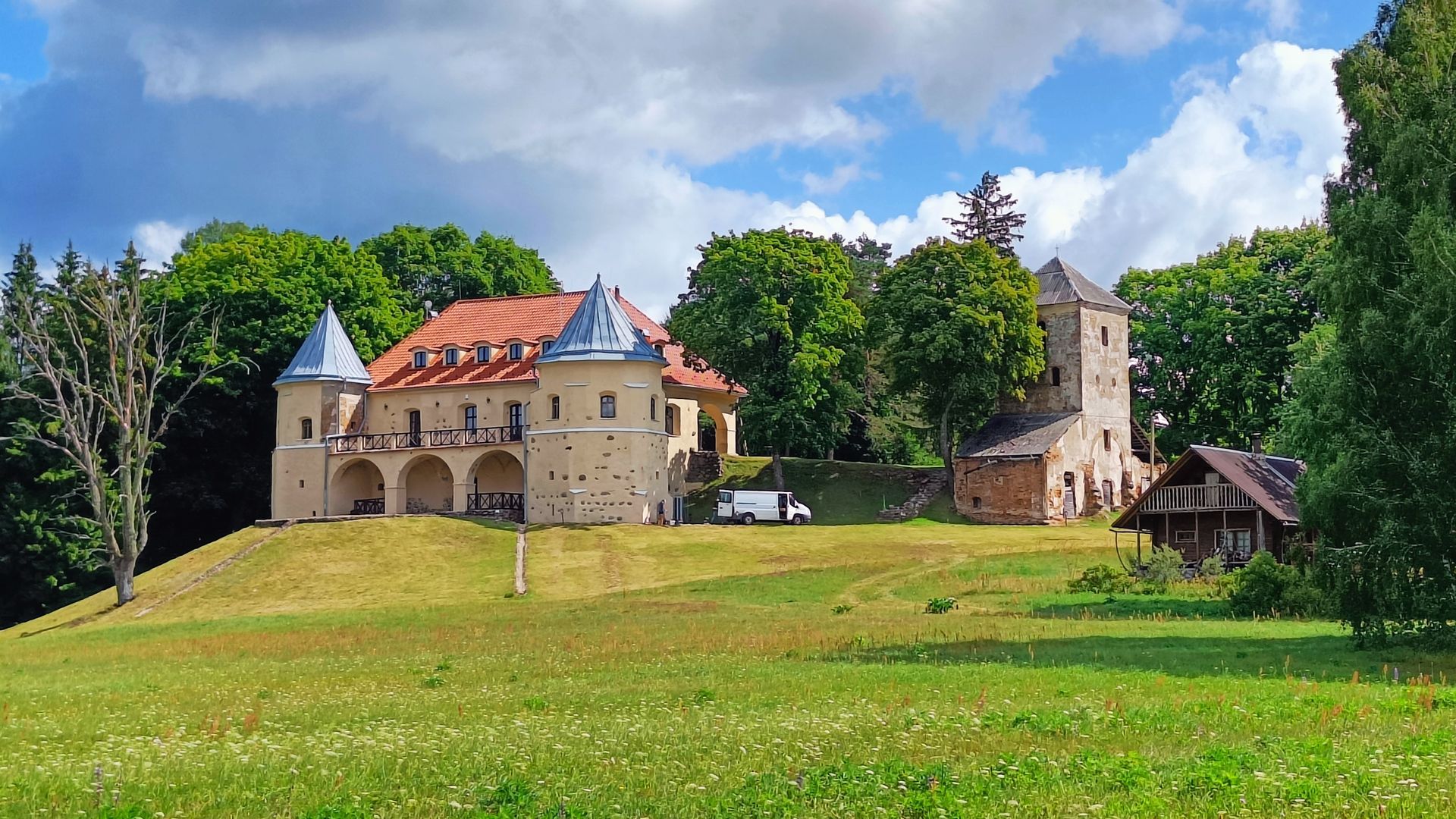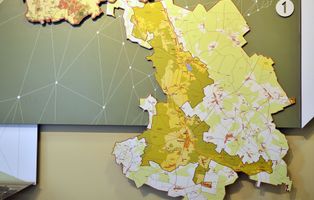
7 people was here
0 reviews
The Vorwerk (a farming and administrative complex of a manor) of Norviliškės, later a monastery, was built at the start of 17th century. The building complex of the vorwerk's homestead is comprised of a Renaissance-style manor with two defensive towers, as well as a gate tower, repurposed as a belfry in mid-17th century. In 1928, a wooden church of Norviliškės was built on the same hill.
The builder and first owner of the manor, Vaitiekus Šorcas, hailing from East Prussia, and Dorota Zienovičiūtė, his wife, acquired a significant number of properties in the powiat of Ašmena an administrative (unit in the Grand Duchy of Lithuania) over time. The untimely death of Vaitiekus (in 1608) prevented the completion of the defensive architecture of the vorwerk. Following her husband's death and in an effort to promote the spread of Catholicism, Dorota Šorcienė invited the Franciscans, friars minor from Vilnius, to settle on her lands and, by signing the Endowment Act in 1617, left them the Vorwerk of Norviliškės.
The Monastery of Norviliškės was shut following the Uprising of 1831-1832, and the monks were moved to Naugardukas. The logs from the former church were used for the construction of the Russian Orthodox church in Alšėnai. The monastery was converted to military barracks, later becoming an agricultural school for girls.
Loading...
Loading...
©2025 trip.lt


